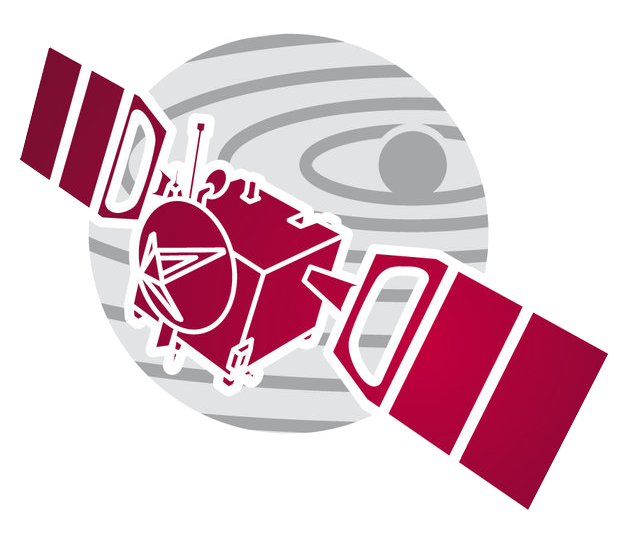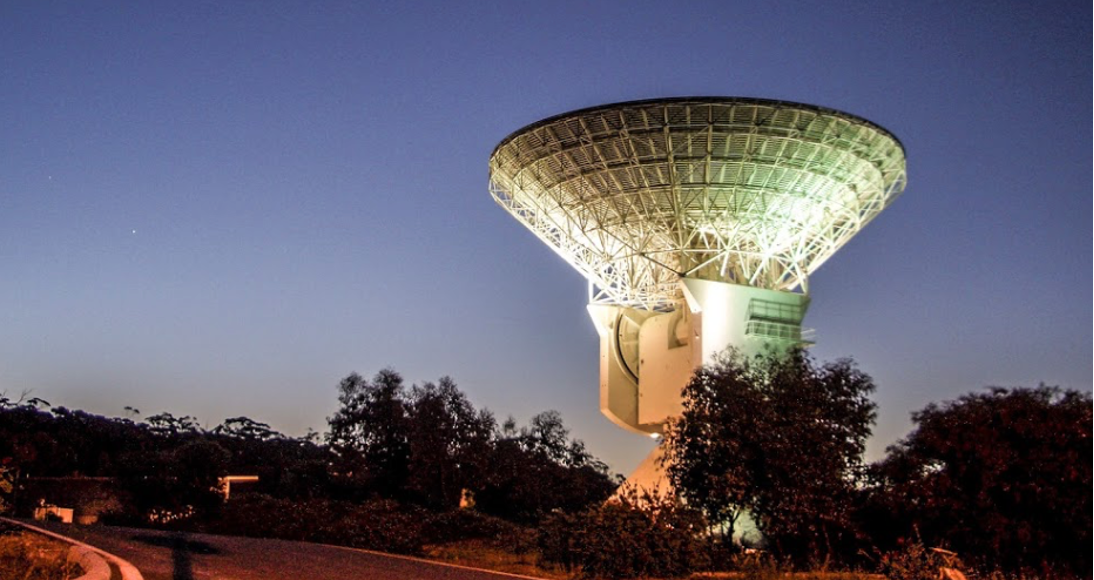
Introduction
The spacecraft was able to receive and transmit signals at both S-band (approximately 13 cm wavelength) and X-band (approximately 3.5 cm). Two low-gain and two high-gain antennas were available; but not all combinations of antenna and band could be selected. The spacecraft transmissions could use either an onboard oscillator for the frequency reference ('one-way' mode) or a signal transmitted from the ground ('two-way' mode). In the former case, an ultra-stable oscillator (USO) could be selected; in the latter case, either an S- or X-band signal from the ground could be used as the reference, depending on the antenna selected.
Because the Venus Express (VEX) orbit period was 24 hours and pericenter was synchronized with viewing from Australia, all radio science activities were conducted using the ESA facility at New Norcia and the DSN complex at Canberra. Performance and calibration of both the spacecraft and ground systems directly affected the radio science data accuracy and played a major role in determining the quality of the results.
References:
Haeusler, B., M. Paetzold, G.L. Tyler, R.A. Simpson, M.K. Bird, V. Dehant, J.-P. Barriot, W. Eidel, R. Mattei, S. Remus, J. Selle, S. Tellmann, and T. Imamura, Radio science investigations by VeRa onboard the Venus Express spacecraft, Planetary and Space Science, 54, 1315-1335, 2006.
Mattei, R., B. Haeusler, M. Paetzold, S. Remus, W. Eidel, S. Tellmann, T. Andert, J. Selle, M. K. Bird, R. A. Simpson, G. L. Tyler, V. Dehant, S. Asmar, J.-P. Barriot, and T. Imamura, The radio science experiment 'VeRa' onboard ESA's Venus Express spacecraft, 1st CEAS, European Air and Space Conference, Publication CEAS-2007-121, 2055-2064, 10-13 September 2007.
Measurement Objectives
Radio Science Measurements can be conducted in either one-way or two-way mode. These measurements were applied - separately and together - to Venus science objectives such as inference of local gravity field anomalies, atmospheric drag, temperature and pressure of the atmosphere, electron density in the ionosphere, scattering properties of the surface, and structure of the solar wind. Several different types of observations were carried out by VEX.
Useful Mission Documents
Mission Description
Spacecraft Description
Target information
Instrument Description
Software Interface Specification Document (SIS) - Instrument and data structures description
Archive plan
Team Personnel
References
Guide to Radio Science Data written for the Cassini mission but insightful - See section 3.1)
Spacecraft Description
Target information
Instrument Description
Software Interface Specification Document (SIS) - Instrument and data structures description
Archive plan
Team Personnel
References
Guide to Radio Science Data written for the Cassini mission but insightful - See section 3.1)
Archived Datasets
The OCCLOG03 file contains summary information for each Venus Express (VEX) experiment successfully conducted using the DSN Radio Science Receiver (RSR) during the VEX Extended Mission phase. Some (but not all) unsuccessful operations are also included. The table includes start/stop times antenna number, sample rate, bit resolution, record length, number of records, maximum signal-to-noise ratio, RSR file name, SOE file name, and comments.
Information is divided into auxiliary files (CSV), data files (CSV) and other information preserved as text files (CSV).
Data Files The volumes contain raw and partially processed radio science data and ancillary files.
Citing Data
Simpson, R.A., Haeusler, B., and Paetzold, M., Venus Express DSN Radio Science Raw Data Archive - Extended Operations Phase, VEX-V-RSS-1-ENT-V1.0, USA_NASA_SUE_VXRS_11XX, Stanford University, 2012.
Other Useful Products for Interpreting the Data
Literature Search using the Astrophysics Data System (ADS) and searching from 2006 to about 2009 on author and Venus Express in the abstract should yield additional references.
Spice - Archived Juno SPICE ancillary data providing observation geometry (positions, orientations, instrument pointing, time conversions, etc.) are available from the PDS NAIF Node.
| Bernd Hausler, Principal Investigator | Universitaet der Bundeswehr, Munich |
| Riccardo Mattei, Planning and Analysis | Universitaet der Bundeswehr, Munich |
| Martin Paetzold, Deputy Principal Investigator | Rheinisches Institut fuer Umweltforschung, Cologne |
| Silvia Tellmann, radio occultation | Rheinisches Institut fuer Umweltforschung, Cologne |
| Richard Simpson, bistatic radar | Stanford University, California |
| G. Leonard Tyler, radio propagation | Stanford University, California |
| Veronique Dehant, gravity | Observatoire Royale, Brussels |
| Pascal Rosenblatt, gravity | Observatoire Royale, Brussels |
| Paul Withers, atmospheres | Boston University, Massachusetts |
Spice - Archived Juno SPICE ancillary data providing observation geometry (positions, orientations, instrument pointing, time conversions, etc.) are available from the PDS NAIF Node.
 PDS: The Planetary Atmospheres Node
PDS: The Planetary Atmospheres Node


